Description
Mahimahi or Dolphin fish (aka Dourado) got its name from the fish’s habit of swimming ahead of sailing ships, as dolphins do. Initially, mahimahi was a bycatch of the tuna and swordfish fisheries. Today, a directed longline fishery targets mahi. The Hawaiian name Mahimahi has become the common name for this fish in the U.S.
Sports fishermen covet mahimahi for its playfulness, size and beauty. When a mahimahi takes the hook, its colors are brilliant blue and silver dappled with yellow. It is also known as Dolphinfish, but has no relation to dolphins, a marine mammal. The Hawai’ian name has been widely adapted as its common name.
Most of the fish are between 8 and 25 pounds, but larger fish are caught by trollers. Mahimahi (dourado) is a highly-regarded product which is best eaten when fresh.
Mahi is a strong fast swimming fish and go through the water at speeds up to 50 miles an hour.
Size facts:
Mahimahi over 15 pounds in body weight is the preferred market size.
- Maturity: Lm 22 inches
- Range 13.7 – 36 inches
- Max length : 82.67 inches TL male/unsexed
- Common length : 39.3 inches
- max. published weight: 88 lbs
- max. max. reported age: 4 years kg
Mahimahi is also known in Brazil as Dourado.
Where can Mahi mahi be found?
Although most people associate mahimahi (dourado) with Hawaii, it is found in tropical and sub-tropical waters around the globe, specially in the waters around the Gulf of Mexico, Costa Rica, Brazil, Hawaii and the Indian Ocean.
Mahimahi, which means “very strong” in Hawai’ian, is a highly migratory pelagic species found in the world’s all tropical and subtropical waters including the Atlantic, Indian and Pacific Oceans.
About one-third of U.S. commercial harvest of mahi mahi comes from the Atlantic, Gulf of Mexico, and Caribbean.
How does Mahi mahi look like?
Mahi is one of the most beautiful fish in the ocean because of its rich, iridescent colors. Occasionally, mahimahi reach 50 pounds, but 8-10 pounds is the average market weight.
Brightly colored back is an electric greenish blue, lower body is gold or sparkling silver, and sides have a mixture of dark and light spots.
The back is an electric greenish blue, the lower body is gold or sparkling silver, and the sides have a mixture of dark and light spots.
Bright pattern fades almost immediately after mahi mahi is harvested. Adult males have a square head. Females have a rounded head.
How do Mahi mahi behave?
Mahimahi are fast growing and have a short life span, up to five years. Because of their relatively short life span, they are very productive fish, being able to reproduce at just four to five months old, or between 17 and 21 inches in length.
Atlantic mahi mahi grow up to almost 7 feet and 88 pounds. They are known to congregate around large floating objects such as logs other marine debris. As such, many fishermen that are targeting Mahimahi look for floating debris. They live up to 5 years.
They are thought to spawn every two to three days throughout their entire spawning season. Females release between 33,000and 66,000 eggs in each spawning event. Adult Mahimahi are either solitary or travel in loose-knit groups of two or three fish.
They are capable of reproducing at 4 to 5 months old. In the Atlantic, spawn under patches of floating brown algae called Sargassum. Mahi mahi are top predators that feed in surface water during the day.
They eat a wide variety of species, including small pelagic fish, juvenile tuna, invertebrates, billfish, jacks, pompano, and pelagic larvae of nearshore, bottom-living species.
Predators include large tuna, marine mammals, marlin, sailfish, and swordfish.
Health benefits
Mahimahi is an excellent source of healthy, extra lean protein. It is also low in saturated fat and low in sodium. It is rich in niacin, vitamin B12, phosphorus, and selenium. Hawaii Mahimahi also provides about 400 mg of omega-3’s (DHA and EPA) per 4 ounce serving of fresh fish. Click here for nutritional labels and claims.
More Mahi health benefits:
- Lean Protein: High protein at low calories;
- Iron: Healthy red blood cells;
- Selenium: Helps balance fluids and protect against harmful cells entering the body;
- Vitamin B: Promote healthy brain function;
- Potassium: Promotes a healthy heart and prevents disease.
Fresh Mahi: Culinary profile
No fish is better known in the up-scale restaurant market than fresh Mahimahi. Mahimahi has a mildly pronounced flavor similar to swordfish.
The lean meat is fairly firm in texture, though not steak-like, and it has large, moist flakes. Mahimahi is ideal for a variety of preparations. However, care should be taken not to overcook mahimahi. It should be cooked until it flakes and no longer.
Darker portions of meat can be trimmed away for milder flavor, yet it has a delicate flavor that is almost sweet. Cooked, the meat becomes off-white. Raw flesh should be bright pink and cooks up greyish white. Raw flesh should be bright pink and cooks up greyish white.
Mahi performs well on the grill. Though it is not an oily fish, the meat remains nicely moist and can hold up even to blackening. Mahi has a thick skin that should be removed before cooking.Provides a perfect substitution for Groupers and Snappers. Because it does not have much fat, it should not be overcooked as it will dry out easily.
Cooking:
- Texture: Firm
- Flavor: Mild & Sweet
- Suggested Preparations: Grilled, Broiled, Sautéed, Tempura
Fresh Mahimahi Videos
Fresh Mahi Artiless
Fresh Mahi: Nutritional facts
- Serving size: 6 oz (raw)
- Calories: 100 kcal
- Total fat: 1 grams
- Saturated Fat, total: 0.0 grams
- Cholesterol: 80 mg
- Sodium: 100 mg
- Protein: 22 grams
- Omega 3: 0.11 g
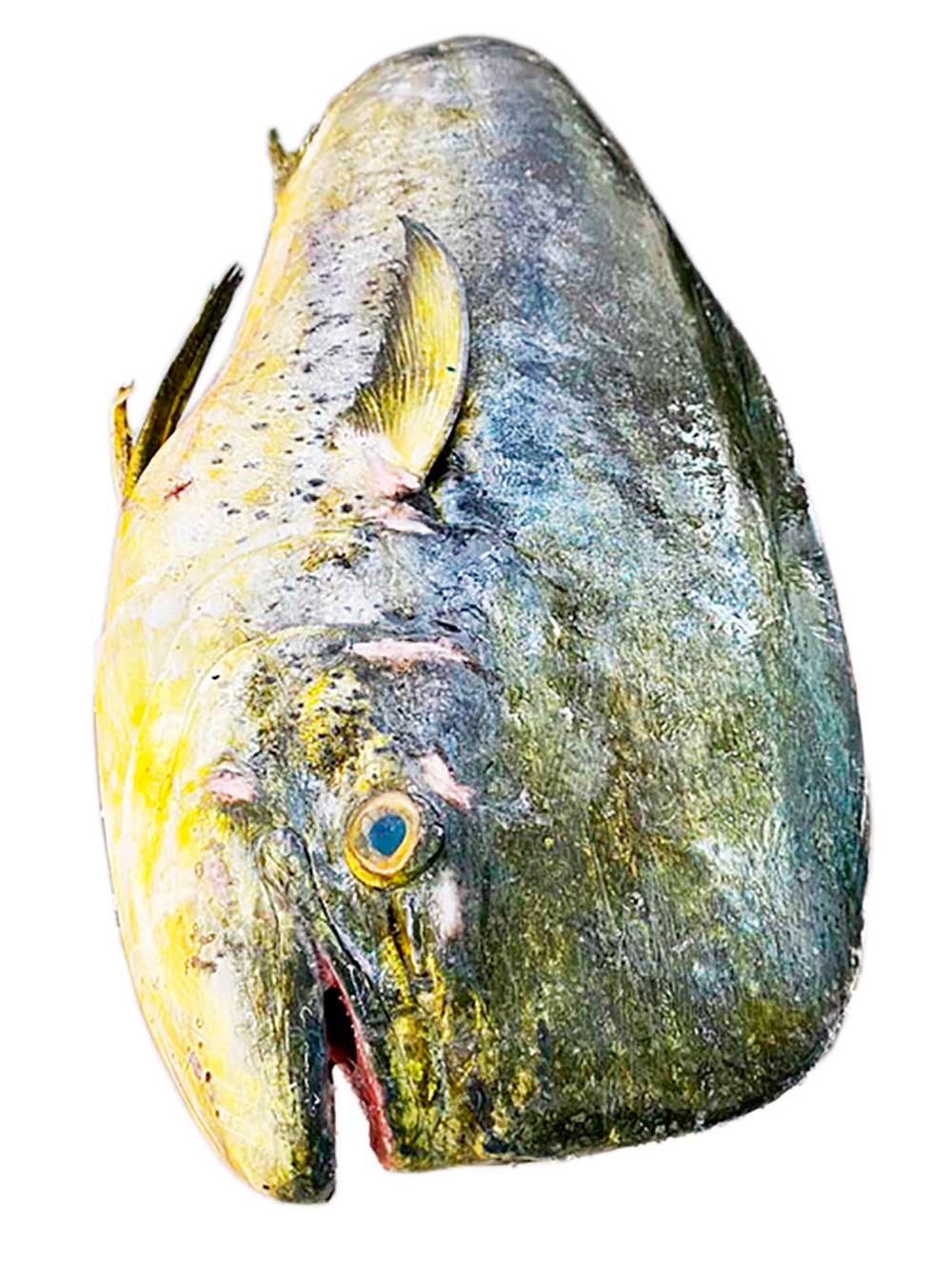


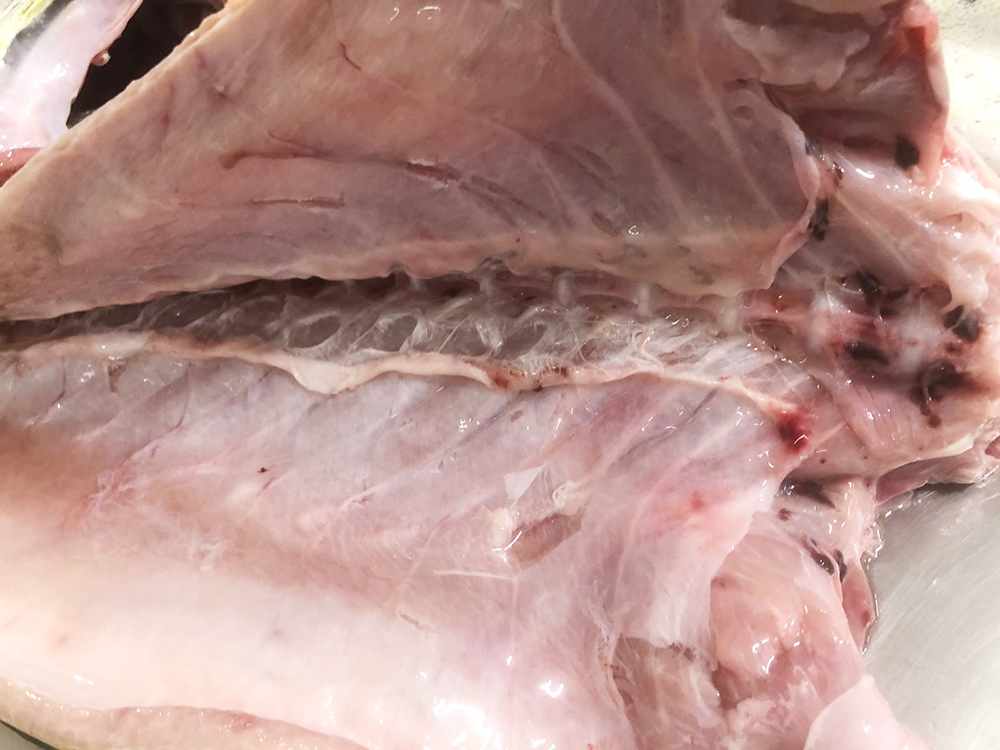
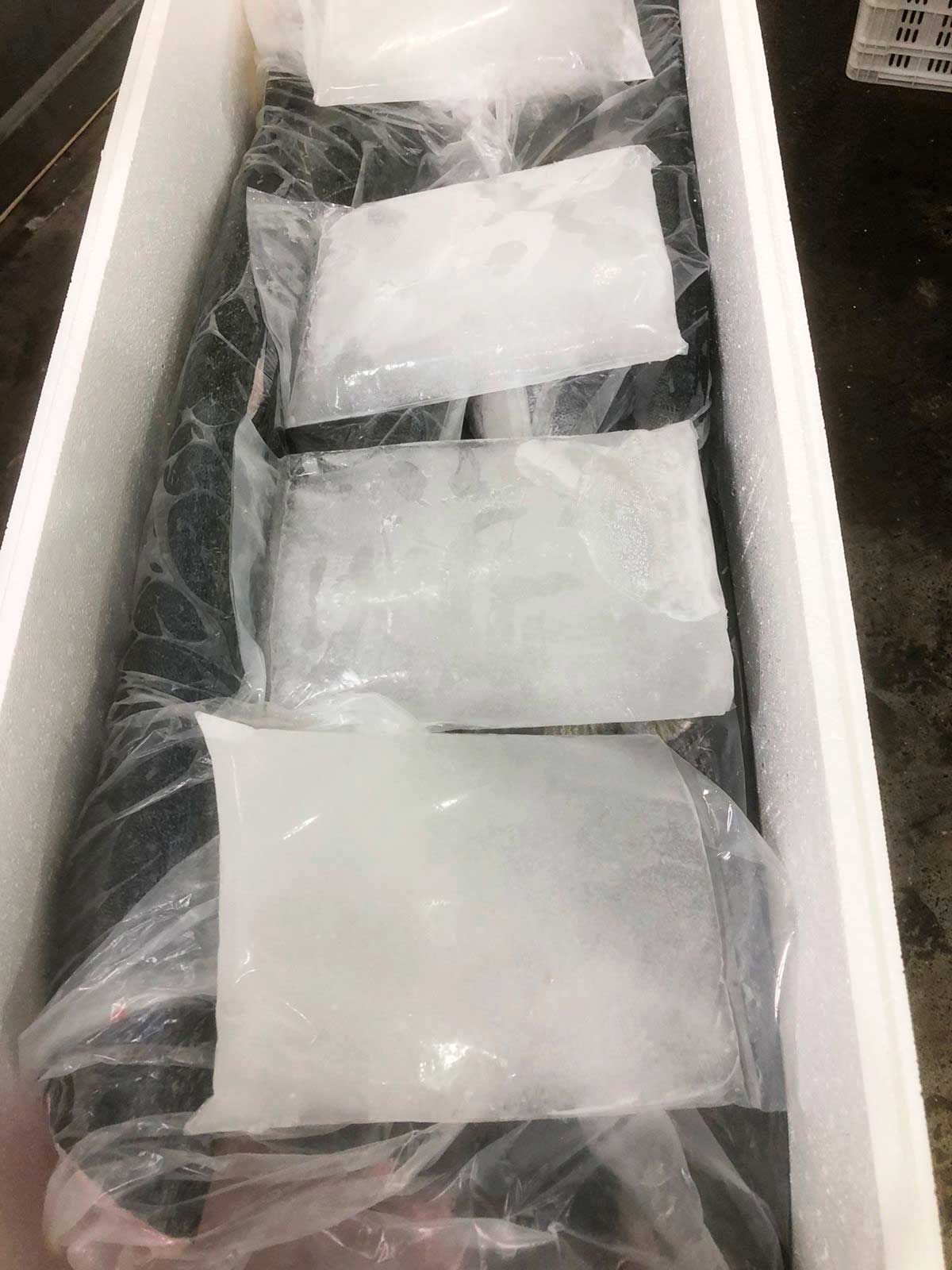
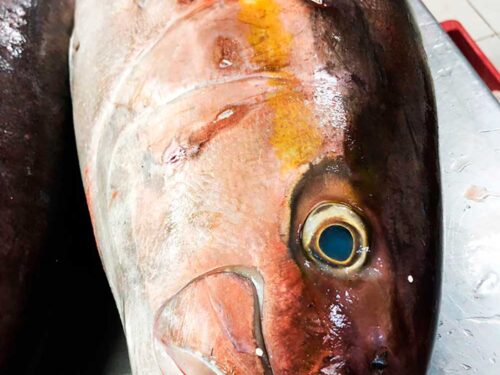
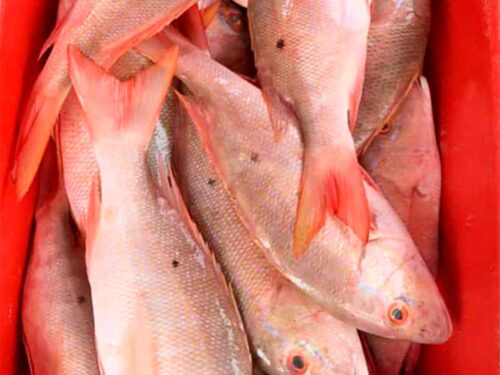
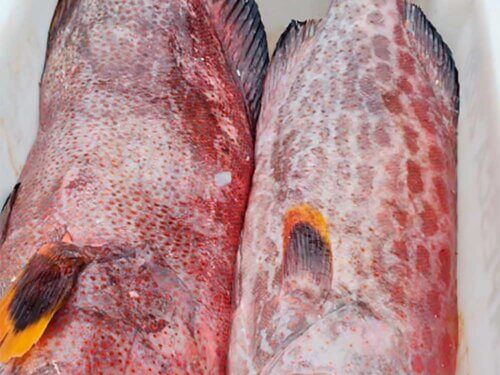
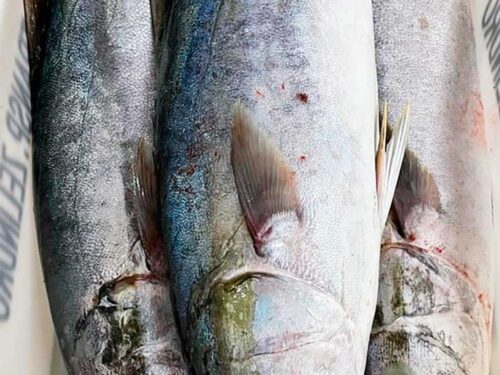
Reviews
There are no reviews yet.